Home>Gardening & Outdoor>Outdoor Recreation & Activities>How To Make A Mini Golf Course
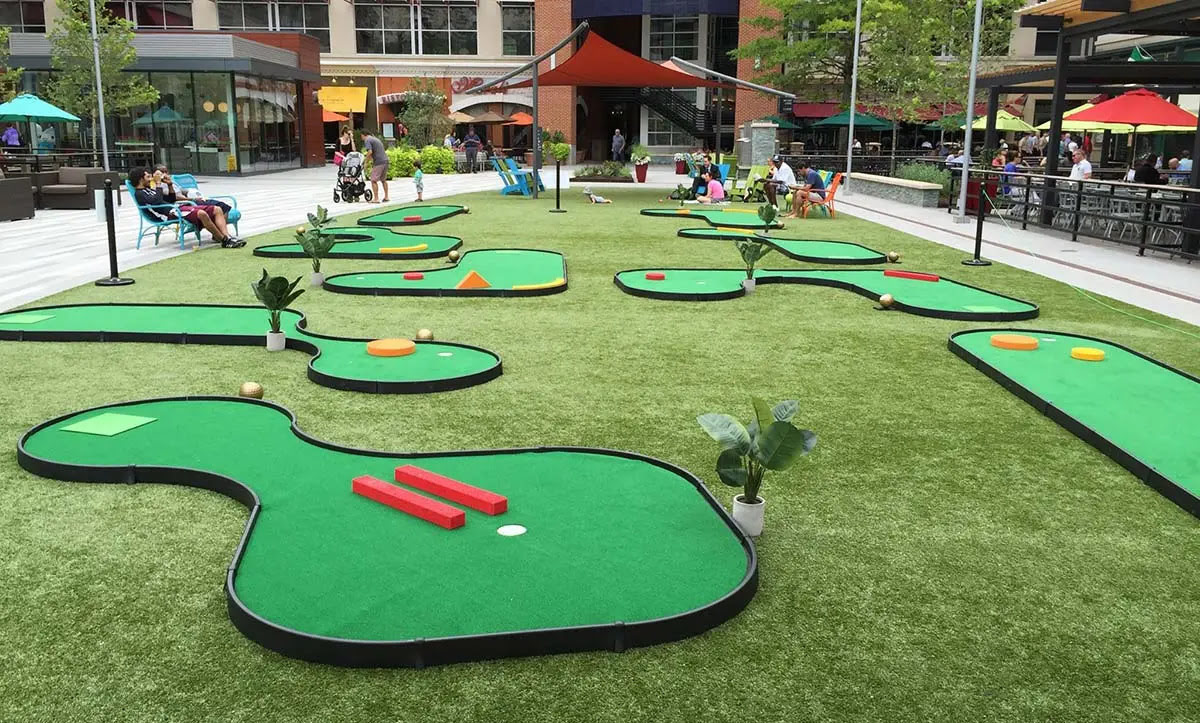

Outdoor Recreation & Activities
How To Make A Mini Golf Course
Published: January 20, 2024
Learn how to create your own mini golf course for endless outdoor recreation and activities. Discover tips and ideas for designing a fun and challenging course in your backyard or local park. Start your mini golf adventure today!
(Many of the links in this article redirect to a specific reviewed product. Your purchase of these products through affiliate links helps to generate commission for Storables.com, at no extra cost. Learn more)
Introduction
Welcome to the exciting world of mini golf! Creating your own mini golf course can be a rewarding and enjoyable project that brings together friends and family for hours of fun. Whether you're a business owner looking to add a unique attraction to your venue or simply a passionate individual eager to craft a personalized recreational space, building a mini golf course can be a thrilling endeavor.
In this comprehensive guide, we will explore the step-by-step process of designing and constructing a mini golf course that is both engaging and visually appealing. From selecting the perfect location to crafting imaginative hole designs and selecting the right materials, we will cover every aspect of bringing your mini golf vision to life.
By the end of this journey, you will have the knowledge and inspiration to create a mini golf course that reflects your creativity and provides endless entertainment for players of all ages. So, grab your putter and let's embark on this exciting adventure of crafting a mini golf course that will be the envy of all who encounter it!
Key Takeaways:
- Designing a mini golf course involves planning, creative hole designs, quality materials, and captivating landscaping. It’s a fun and rewarding project that brings joy to players of all ages.
- Testing and tweaking your mini golf course ensures an exceptional playing experience. Embrace feedback, prioritize safety, and refine the course to captivate and delight all who visit.
Read more: How Many Holes In A Mini Golf Course
Planning and Layout
Before breaking ground on your mini golf masterpiece, meticulous planning and thoughtful layout design are essential. Start by envisioning the overall theme and atmosphere you want to create. Will your course have a tropical paradise vibe, a whimsical fantasy theme, or a more traditional and straightforward layout? The theme will guide the design of each hole and help create a cohesive and immersive experience for players.
Consider the available space for your mini golf course. Whether you’re utilizing an existing area or starting from scratch, understanding the dimensions and topography of the land is crucial. Take measurements and create a rough sketch of the site, noting any natural features such as slopes, trees, or water elements that could enhance the course’s design.
Next, establish the number of holes you want to include in your course. While the standard is 18 holes, you can tailor this to fit your available space and vision. Each hole should offer its own unique challenges and surprises, ensuring that players remain engaged throughout their game.
Furthermore, consider the flow of the course. A well-designed layout will guide players from one hole to the next seamlessly, creating a sense of progression and anticipation. Think about the best way to lead players through the course, taking advantage of natural focal points and scenic spots along the way.
Finally, create a detailed blueprint of your layout, including the placement of each hole, potential landscaping features, and any additional amenities such as seating areas or refreshment stands. This plan will serve as the foundation for the construction phase, ensuring that your mini golf course unfolds just as you envisioned.
Choosing the Right Location
When selecting the location for your mini golf course, several factors should be taken into consideration to ensure its success and appeal to potential players.
Accessibility is paramount. Choose a location that is easily reachable and visible to passersby. High-traffic areas near popular attractions, parks, or entertainment centers can attract a steady stream of visitors, increasing the visibility and profitability of your mini golf course.
Consider the surrounding environment. A picturesque setting with natural features such as lush greenery, water features, or scenic views can enhance the overall ambiance of your mini golf course, providing a more immersive and enjoyable experience for players.
Furthermore, assess the demographic of the area. Understanding the preferences and interests of the local community can help tailor the theme and design of your mini golf course to better resonate with potential players. For example, a family-friendly theme may be more appealing in a residential neighborhood, while a more adventurous or challenging course may attract a younger, thrill-seeking crowd near a recreational hub.
Additionally, evaluate the zoning regulations and permits required for establishing a mini golf course in your chosen location. Ensure that the site is zoned for recreational use and obtain any necessary permits and approvals to avoid potential legal complications down the line.
Lastly, consider the competition in the area. While some level of competition can indicate a viable market for mini golf, it’s essential to differentiate your course by offering a unique theme, exceptional design, and engaging gameplay to set it apart from other local attractions.
By carefully assessing these factors, you can identify the perfect location for your mini golf course, maximizing its potential for success and ensuring it becomes a beloved destination for players of all ages.
Designing the Holes
Creating imaginative and engaging holes is the heart of any exceptional mini golf course. Each hole should present a unique challenge while seamlessly fitting into the overall theme and flow of the course.
Start by brainstorming creative concepts for each hole. Consider incorporating elements of surprise, such as tunnels, ramps, or obstacles, to add excitement and unpredictability to the gameplay. Additionally, integrating interactive features like spinning wheels, moving parts, or sound effects can elevate the player experience and make each hole memorable.
Furthermore, pay attention to the difficulty level of each hole. While some holes can offer straightforward putting challenges, others can present more complex obstacles and trick shots to cater to players of varying skill levels. Striking a balance between fun and challenge ensures that players of all ages and abilities can enjoy the course.
Take advantage of the natural terrain and landscaping to enhance the design of each hole. Incorporate slopes, mounds, and water features to add depth and visual interest to the course. Utilize creative landscaping elements such as rocks, plants, and decorative structures to bring the theme to life and create an immersive environment for players.
Consider the aesthetics of each hole as well. Vibrant colors, themed décor, and engaging visual elements can captivate players and contribute to the overall ambiance of the course. Whether it’s a pirate ship obstacle, a cascading waterfall, or a whimsical fairy tale scene, the visual appeal of each hole adds to the charm and allure of the mini golf experience.
Finally, test the playability of each hole during the design phase. Enlist friends and family to play through the course, gathering feedback on the enjoyment and challenge level of each hole. This hands-on approach allows you to fine-tune the design and ensure that every hole offers a delightful and satisfying experience for players.
By infusing creativity, innovation, and attention to detail into the design of the holes, you can create a mini golf course that captivates players and leaves a lasting impression of fun and excitement.
When designing a mini golf course, consider incorporating a variety of obstacles such as ramps, tunnels, and loops to make the course more challenging and fun for players.
Materials and Construction
Choosing the right materials for constructing your mini golf course is essential to ensure durability, visual appeal, and player safety. From putting surfaces to obstacles and decorative elements, each component contributes to the overall quality and enjoyment of the course.
Start with the putting surfaces. Synthetic turf or artificial grass is a popular choice for creating smooth and consistent playing surfaces. It provides a realistic feel for putting while requiring minimal maintenance and upkeep. Ensure that the turf selected is durable and suitable for outdoor use, capable of withstanding foot traffic and varying weather conditions.
When it comes to obstacles and features, consider using materials such as fiberglass, concrete, or durable plastics. These materials offer versatility in shaping and coloring, allowing you to craft custom obstacles and decorative elements that align with the theme of your mini golf course. Additionally, they are resilient and weather-resistant, ensuring longevity and minimal maintenance requirements.
For the construction of tunnels, ramps, and other interactive elements, consider the structural integrity and safety of the materials used. Reinforced plastics, composite woods, and metal framing can provide stability and support for these features while withstanding the rigors of gameplay.
When incorporating water features, such as ponds or streams, utilize pond liners and waterproofing materials to prevent leakage and maintain the integrity of the landscaping. Proper drainage systems should also be implemented to manage water flow and prevent potential flooding or erosion issues.
During the construction phase, attention to detail is crucial. Ensure that obstacles and features are securely anchored to the ground, providing stability and safety for players. Additionally, consider the placement of lighting elements for evening play, as well as any necessary signage or directional markers to guide players through the course.
Throughout the construction process, prioritize player safety by eliminating any potential hazards and ensuring that all materials and features are installed according to industry standards and regulations.
By selecting high-quality materials and executing meticulous construction, you can create a mini golf course that not only delights players with its visual appeal and engaging features but also withstands the test of time, providing endless enjoyment for years to come.
Landscaping and Decor
Landscaping and decor play a pivotal role in creating an immersive and visually captivating mini golf experience. Thoughtful landscaping enhances the overall ambiance of the course, while carefully chosen decor elements bring the theme to life and add an extra layer of excitement for players.
Begin by assessing the natural features of the site and identifying opportunities to enhance the landscape. Incorporate lush vegetation, colorful flowers, and strategically placed trees to create a vibrant and inviting environment. Utilize natural contours and elevation changes to add intrigue and challenge to the course, seamlessly blending the playing area with the surrounding scenery.
Consider the theme of your mini golf course when selecting landscaping elements. For a tropical theme, palm trees, exotic plants, and cascading water features can transport players to a lush paradise. A fantasy-themed course may benefit from enchanted garden settings, whimsical topiaries, and mystical lighting to evoke a sense of wonder and adventure.
Incorporate decorative elements throughout the course to reinforce the theme and engage players’ imagination. From themed signage and statues to custom-designed obstacles and interactive features, the decor adds personality and charm to each hole. Attention to detail in decor selection can elevate the overall aesthetic and immerse players in a captivating and cohesive experience.
Lighting is another crucial aspect of landscaping and decor. Strategically placed lighting can enhance the course’s visual appeal and extend playing hours into the evening. Consider using soft, ambient lighting to highlight key features and create a magical atmosphere after sunset, allowing players to enjoy the course’s enchanting ambiance even after dark.
Additionally, seating areas, shade structures, and refreshment stations can enhance the comfort and convenience of players, providing resting spots and opportunities to socialize between rounds. Thoughtfully placed amenities contribute to the overall enjoyment and appeal of the mini golf experience.
By integrating captivating landscaping and decor, you can transform your mini golf course into a captivating and enchanting destination, where players can escape into a world of fun and adventure with every swing of the putter.
Testing and Tweaking
As the construction of your mini golf course nears completion, it’s time to shift focus to testing and fine-tuning the elements to ensure an optimal playing experience for future visitors.
Begin by conducting thorough playtesting with a diverse group of individuals, including both experienced golfers and novices. Observe their interactions with each hole, noting any areas that may present challenges or opportunities for improvement. Encourage open feedback and suggestions, as this input can provide invaluable insights into the playability and enjoyment of the course.
Assess the flow of the course by observing players as they navigate from one hole to the next. Ensure that the layout guides players seamlessly through the course, maintaining a sense of progression and anticipation. Address any bottlenecks or congestion points that may hinder the overall experience, making adjustments as needed to optimize the flow.
Pay close attention to the difficulty level of each hole. Strive for a balanced mix of challenges, catering to players of varying skill levels without overwhelming or underwhelming them. Adjust the positioning of obstacles, the slope of putting surfaces, and the overall design of each hole to create a satisfying and engaging gameplay experience.
Test the functionality of interactive elements and features, such as moving parts, sound effects, and special effects. Ensure that these elements operate reliably and as intended, adding excitement and surprise to the gameplay without causing disruptions or safety concerns.
Consider the visual appeal and thematic coherence of the course. Evaluate the landscaping, decor, and overall ambiance to ensure that the theme is consistently conveyed throughout the entire course. Make any necessary adjustments to enhance the visual impact and immersive quality of the environment.
Lastly, prioritize safety during the testing phase. Inspect all construction elements, pathways, and amenities to identify and address any potential hazards or safety concerns. Taking proactive measures to minimize risks ensures that players can enjoy the course with confidence and peace of mind.
Through diligent testing and thoughtful tweaking, you can refine your mini golf course to deliver an exceptional and unforgettable experience for players. Embrace feedback and remain open to making adjustments, as this iterative process will ultimately result in a course that captivates and delights all who visit.
Conclusion
Congratulations on embarking on the exhilarating journey of creating your own mini golf course! From the initial planning stages to the meticulous construction and testing phase, you have poured creativity, passion, and dedication into crafting a recreational space that promises endless enjoyment for players of all ages.
As you reflect on the culmination of your efforts, take pride in the immersive and captivating environment you have brought to life. Your careful attention to theme, layout, and design has resulted in a mini golf course that offers not only engaging gameplay but also a visually stunning and enchanting experience for all who visit.
By selecting the perfect location, infusing creativity into hole designs, and incorporating high-quality materials and decor, you have created a destination that sparks joy and fosters memorable moments for players and visitors alike. The attention to detail in landscaping, decor, and amenities has elevated your mini golf course into a captivating escape, where players can immerse themselves in a world of fun and excitement with every swing of the putter.
As you prepare to unveil your mini golf course to the public, remember that the journey doesn’t end with the completion of construction. Embrace ongoing maintenance and enhancements, welcoming feedback and suggestions from players to continually refine and elevate the playing experience. Your commitment to delivering a top-tier recreational attraction will ensure that your mini golf course remains a beloved and sought-after destination for years to come.
Above all, cherish the moments of laughter, camaraderie, and pure enjoyment that your mini golf course will foster. Whether it’s families creating lasting memories, friends engaging in friendly competition, or individuals finding joy in the game, your creation will be a source of happiness and recreation for all who encounter it.
So, as you prepare to open the gates to your mini golf paradise, take pride in the immersive world you have crafted and the countless smiles it will inspire. Your mini golf course is not just a recreational space; it’s a gateway to endless fun, adventure, and unforgettable experiences for everyone who steps onto its enchanting landscape.
Frequently Asked Questions about How To Make A Mini Golf Course
Was this page helpful?
At Storables.com, we guarantee accurate and reliable information. Our content, validated by Expert Board Contributors, is crafted following stringent Editorial Policies. We're committed to providing you with well-researched, expert-backed insights for all your informational needs.

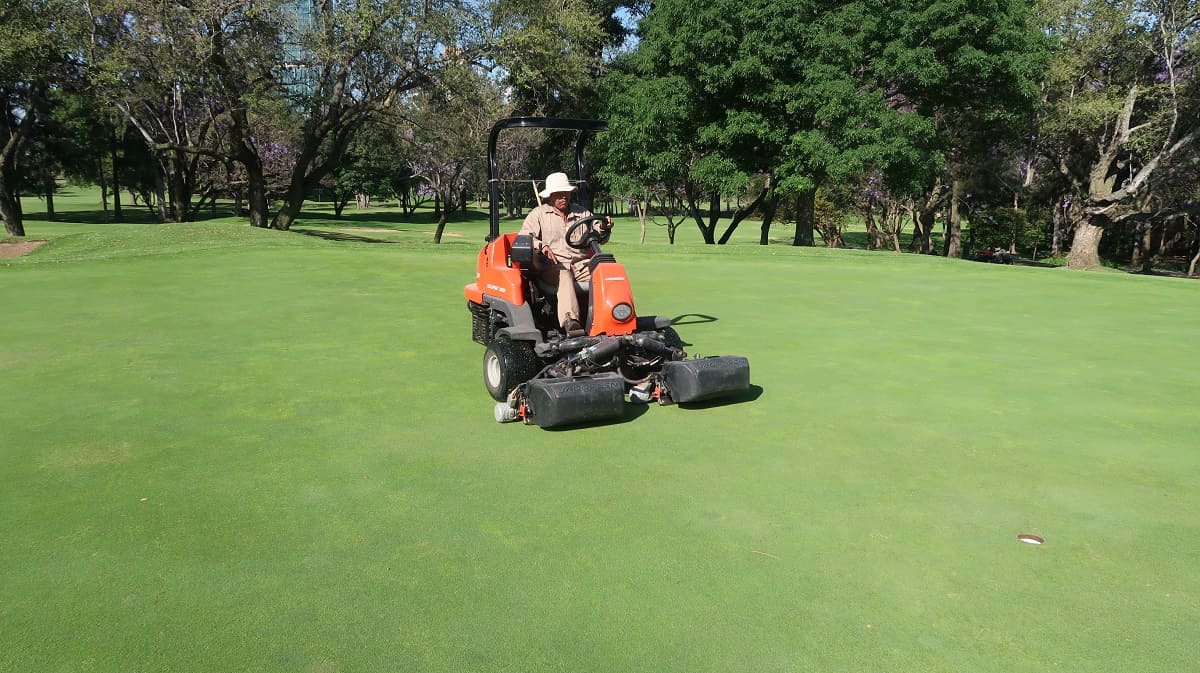
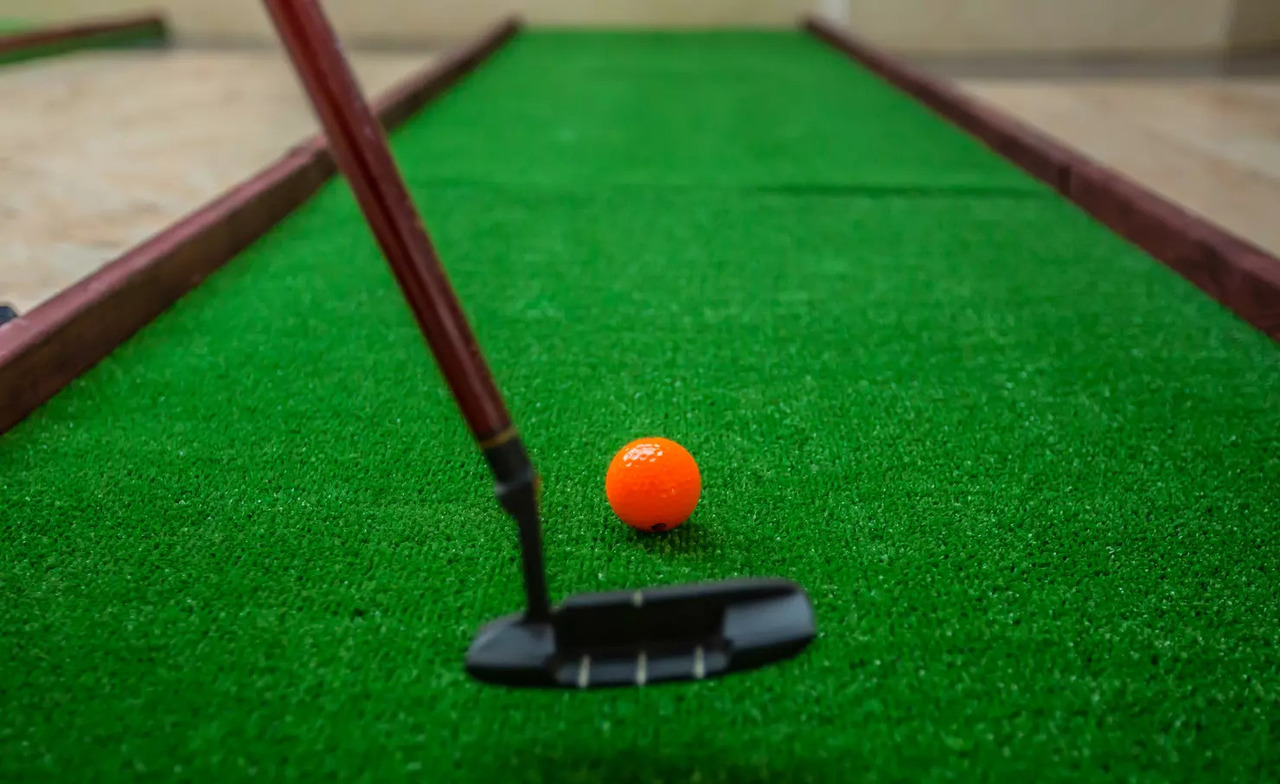
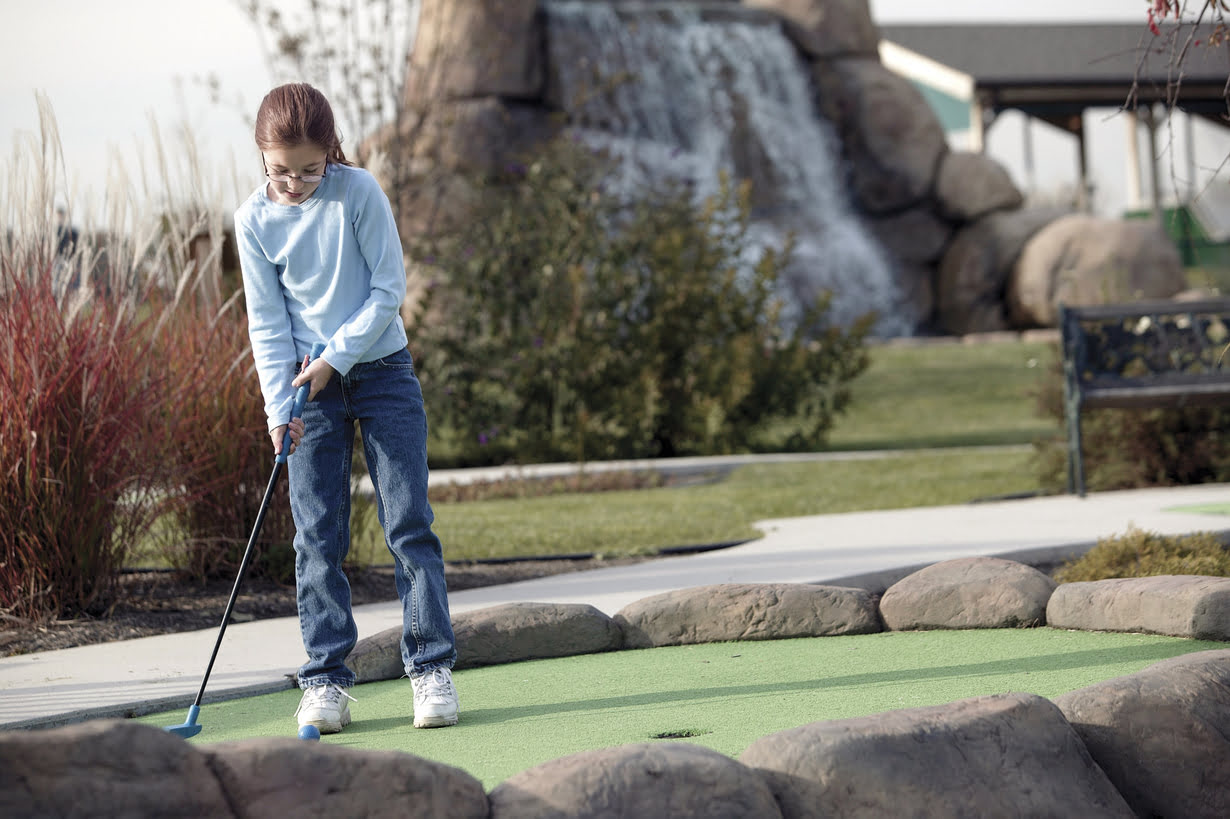
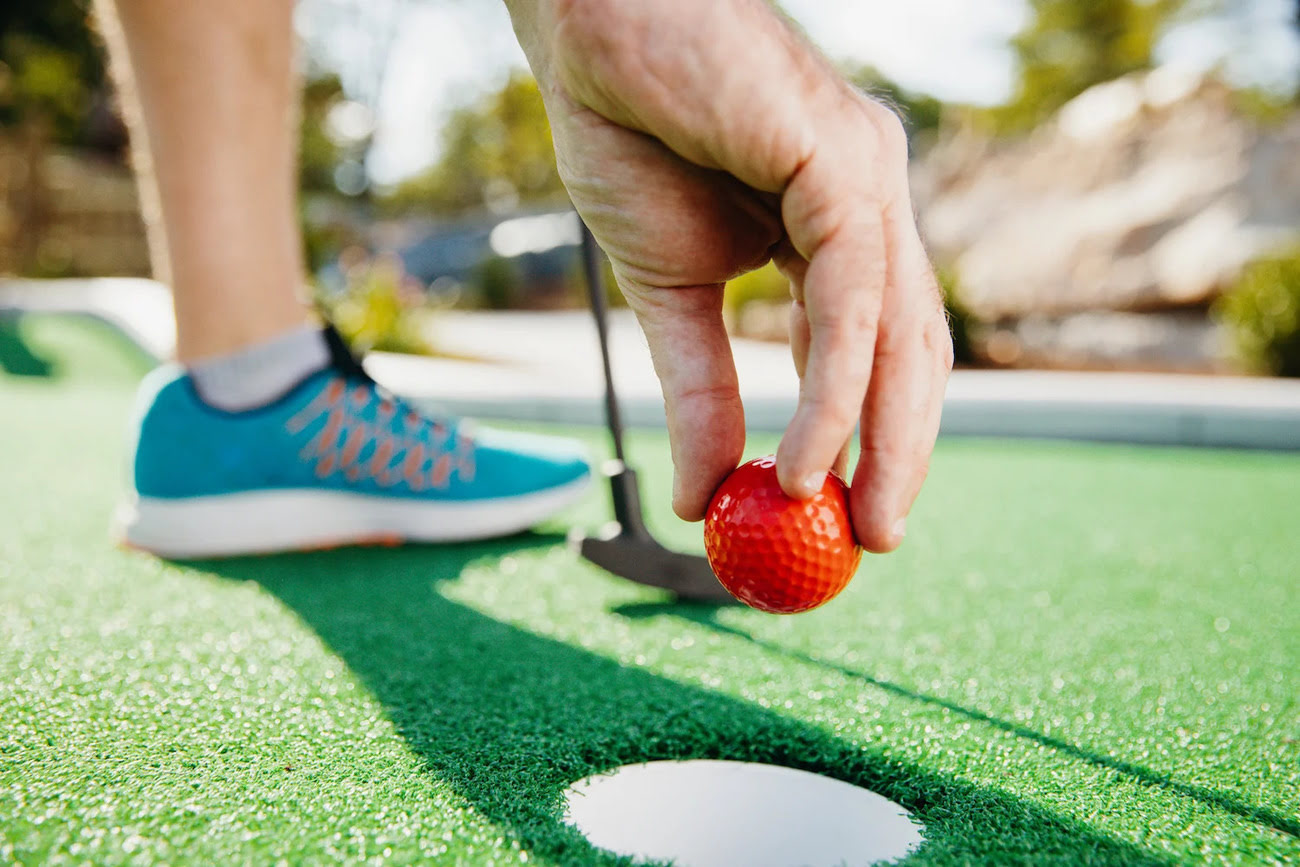








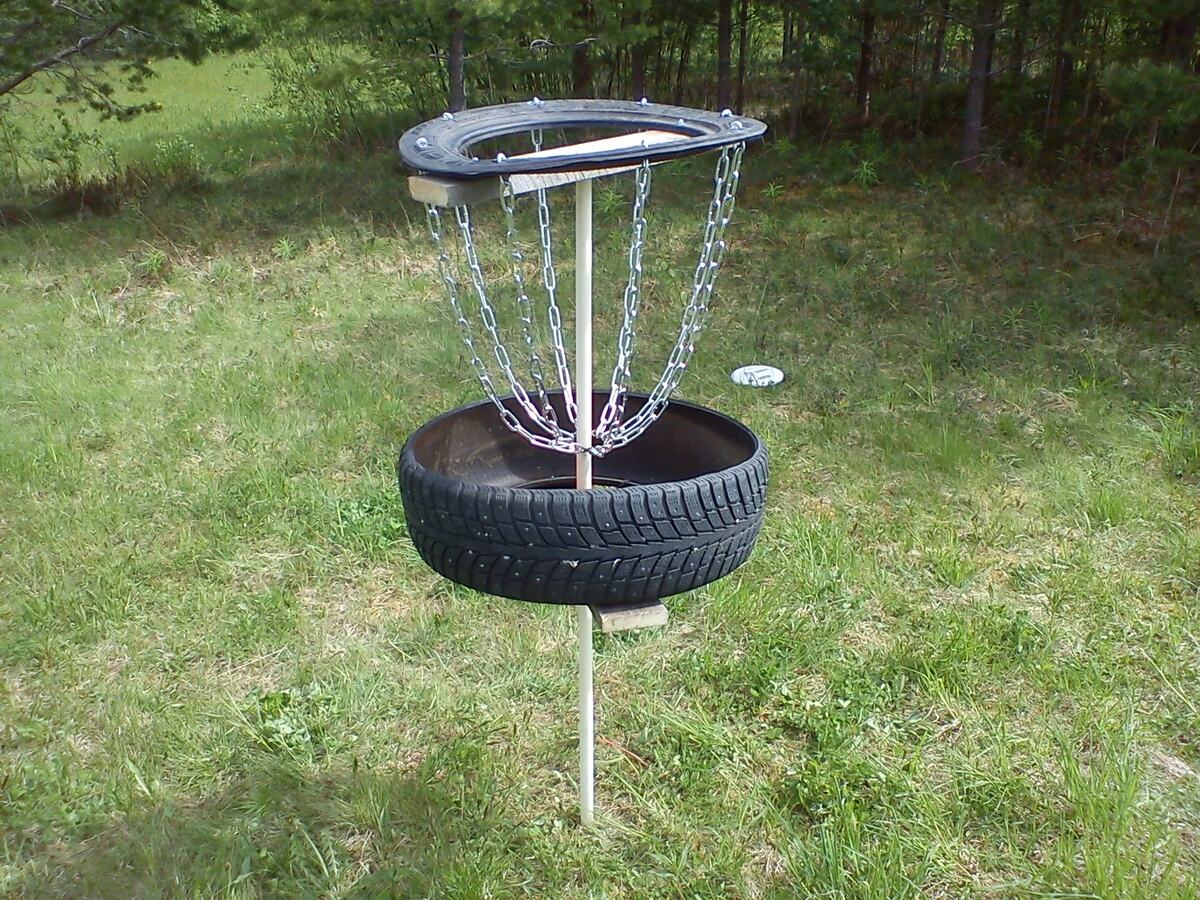

0 thoughts on “How To Make A Mini Golf Course”